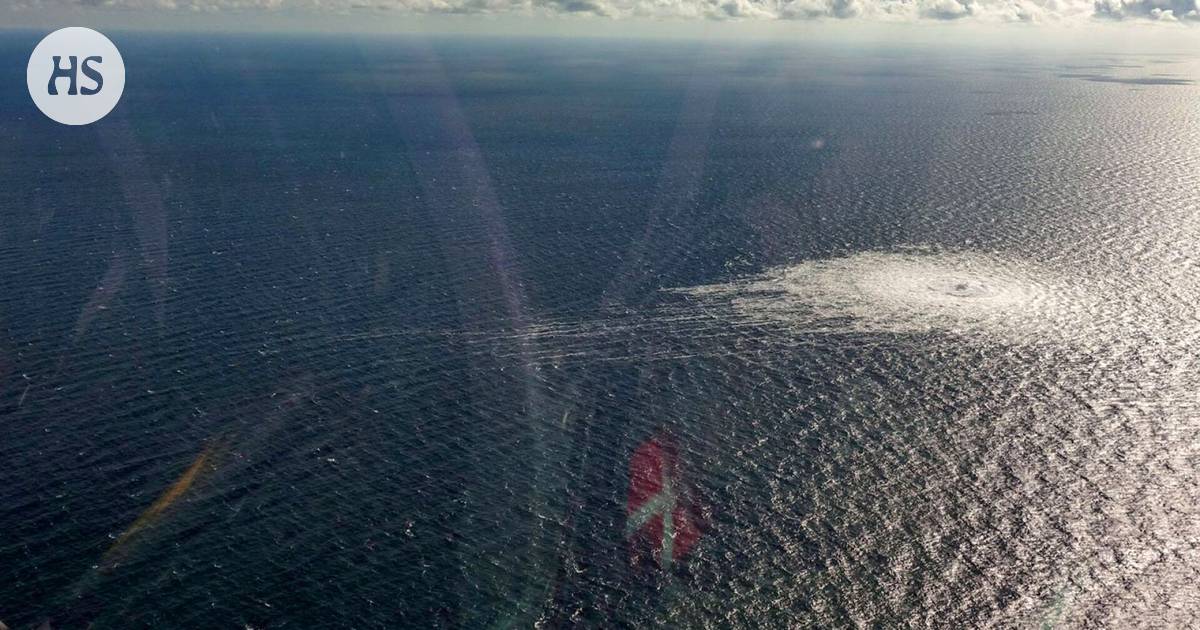The rupture of the Nordstream gas pipelines cannot be explained by anything other than a deliberate explosion. The most likely alternatives are diving robots, but the depth of the pipes would be within the reach of combat divers.
Gas pipe The damage to the Nord Stream in three places on Monday seems to have been sabotage.
The pipes are approximately 70–80 meters deep. They are placed on top of a solid concrete base and must withstand the subsea pressure.
So the cause is almost certainly a deliberate explosion, for which Russia is strongly suspected. It would have both the ability and the desire to strike as part of its energy war against Europe.
Possibilities there are believed to be three to detonate. The explosives could have been taken to the pipe in three different ways: as an operation by combat divers, by a diving robot or by a submarine.
It is designed for such special tasks Russian Belgorod submarinewhich was completed in 2019. Belgorod is one of the largest submarines in the world and is known to be 178 meters long.
The Baltic Sea is a shallow and narrow sea, and such a huge submarine would almost certainly have been spotted. Therefore, a submarine is a very unlikely option, writes the Research Assistant at Hamburg’s Helmut Schmidt University Julian Pawlak on Twitter.
Submarine expert of H. I. Sutton according to Belgorod is also excluded because right now it is known to be in the Viennese Sea.
Russia also has small spy submarines that could blow up pipes. According to Sutton, this option is also unlikely, as these spy submarines are stationed in the Arctic.
According to Sutton, Russia also has miniature submarines in the Baltic Sea fleet, but most of them are known to be outdated.
More likely the options remain the operation of combat divers and a remotely controlled or fully autonomous diving robot. According to Sutton, Russia has autonomous submarines based in St. Petersburg.
The depth at the point of explosion is approximately 70–80 meters, i.e. also reachable by combat divers. However, the place is about 12 kilometers from the beach.
All options require some kind of mother platform that would serve as the “base” of the operation. According to Julian Pawlak, a Russian research vessel could act as such.
For example, someone who graduated in 2014 Yantar research platform considered practically a spy ship. According to Sutton, such is supposed to have been used, for example, in 2015, when The United States became concerned from Russian ships moving too close to their communication cables.
Pawlak assumes that the Baltic states have intelligence about the attack, and it remains to be seen what will be said about it. Control of the Baltic Sea has naturally increased considerably since Russia invaded Ukraine in February.
The communications departments of the Navy and the National Defense Academy informed HS that they would not comment on the matter for the time being.
#Nord #Stream #suspected #attacks #Nord #Stream #gas #pipelines #carried #ways








